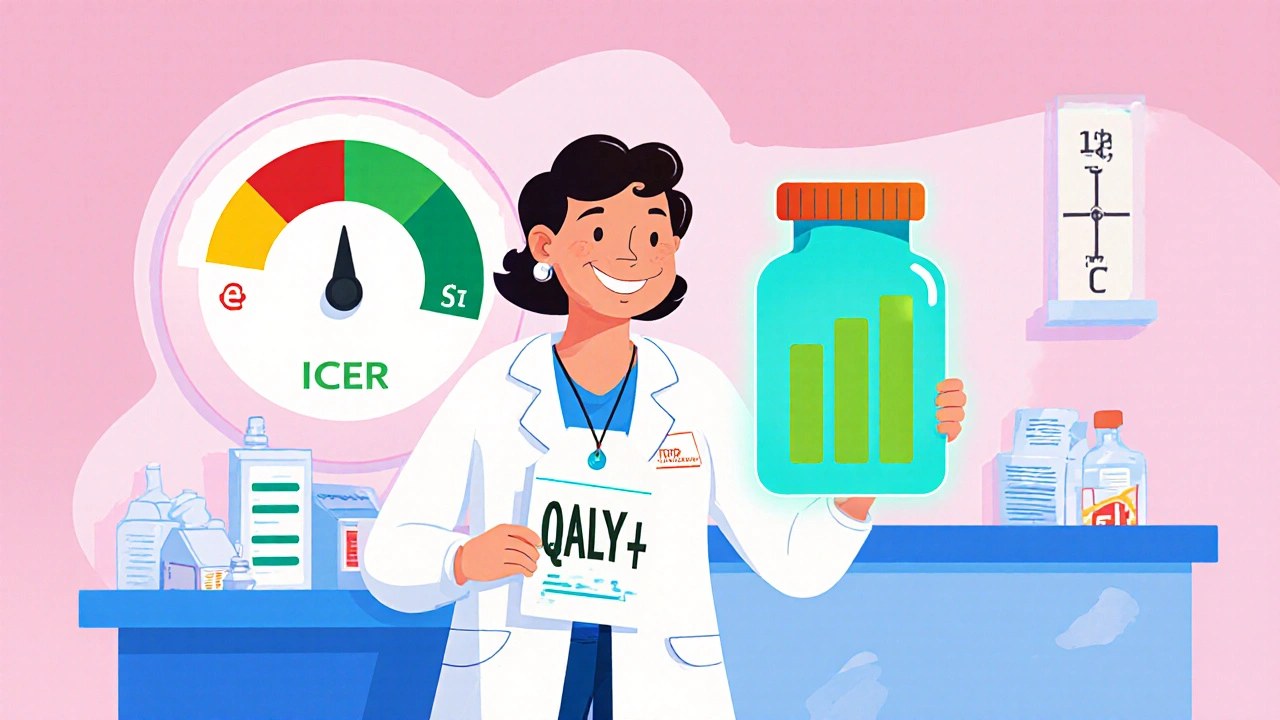QALY Explained: How Quality-Adjusted Life Years Measure Health Outcomes
When you hear QALY, Quality-Adjusted Life Year, a metric used to measure the value of medical treatments by combining lifespan and quality of life. Also known as quality-adjusted life year, it’s not just a number—it’s how health systems decide which drugs, surgeries, or therapies get funded and why some treatments are recommended over others. Think of it this way: living 10 more years in pain isn’t the same as living 5 years feeling well. QALY turns that idea into a number you can compare.
It’s used every day in places like the NHS, Medicare, and drug approval boards. If a new diabetes drug adds 1.5 years of life but leaves patients tired and nauseous, it might score 1.2 QALYs. A cheaper pill that adds 1 year with minimal side effects could score 0.9. The higher number wins—not because it’s more expensive, but because it gives more health value per dollar. This isn’t theory. It’s how decisions are made for drugs like dapagliflozin, SGLT2 inhibitors, and even heart failure treatments like digoxin that show up in our posts.
QALY doesn’t just apply to diabetes or heart meds. It’s behind every cost-effectiveness study for antidepressants like escitalopram, diuretics like furosemide, or even topical steroids like clobetasol. When a study says a treatment is "cost-effective," it’s often using QALY to back that claim. And if you’ve ever wondered why some medications are covered by insurance while others aren’t, or why your doctor recommends one option over another—even if it’s pricier—it’s often because of QALY data.
It’s not perfect. Critics say it undervalues life for older people or those with disabilities. But it’s the most widely used tool we have to make fair, data-driven choices when resources are limited. That’s why you’ll find QALY referenced in posts about diabetes drugs, pain meds, and even birth control comparisons—it’s the hidden scorecard behind treatment decisions.
Below, you’ll find real-world examples of how this metric shapes the medicines and treatments you might use. Whether it’s comparing SGLT2 inhibitors for diabetes or weighing side effects of NSAIDs like ketorolac, the same logic applies: it’s not just about living longer—it’s about living better, and QALY is how we measure that.

When Expensive Drugs Are Worth It: Cost‑Benefit Guide despite Side Effects
Haig Sandavol Oct 26 5Learn when pricey drugs truly pay off, how to weigh QALY gains against side effects, and navigate insurance and assistance programs for high‑cost meds.
More Detail